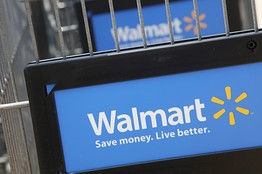Did you follow the election closely? It seems like everybody in Chicago has been fascinated by the election this week. It is interesting to be a student during a presidential election year. Regardless of your major it is interesting to be a student during a presidential election year. You get to see how topics in your classes directly relate to different stances taken by the candidates. Four years ago it was widely discussed that one of the biggest reasons that Obama won was due to the fact that he was able to capture a good majority of the student vote. Students around the country are one of the biggest groups that are able to influence an election outcome. Through our experiences at DePaul in classes such as this one we can connect election issues to how they relate to real world topics.
I want to discuss one of the ways that Obama’s reelection directly relates to one of the United States biggest commodity inventories. This inventory being our coal supply. Also we can take a look at how the outcome of this scenario might change had Romney been elected. As many of you who may have followed the election already know energy was a big topic in this year’s election. The Democratic Party has taken a stance of heavily supporting new energy sources that are cleaner. These sources include natural gas as well as other renewable sources like solar energy. The Republicans on the other hand believe that instead of spending money on new sources of energy we should first exhaust old sources such as coal and new oil reserves.
Why does this matter and how does it relate to Management? Now that Obama was reelected coal companies have prepared for a downturn in business. They are foreseeing government friendly contracts and laws go in favor of new energy type resources. As a direct result they have started producing less coal and will be keeping less of a supply on hand for the coming years. As we have discussed in class there are many factors that can influence an organization’s inventory. Normally these factors have to do with a consumer at the retail level that buys a product. Also companies normally look at a variety of factors that will help them determine what level of inventory to stock. It is interesting to see that at a macro level for a major U.S commodity sometimes this is not the case. In this case the presidential election was the only factor that caused companies to reduce their inventory levels drastically. This is an interesting connection to make because one would think that U.S. commodity inventories are normally more complex than U.S. retail levels in regards to decision making. Although this seems like a dry topic I’m about to tell you why this is so interesting. For business students who understand this relationship there was a lot of money to be made in trading coal stocks before the election. Coal stocks reacted to the possibility that Romney could be elected and coal supplies could be increased in the U.S. This speculation in the market up until the election caused some companies to increase almost 200% in a matter of weeks. An understanding of this concept could have netted investors nice profits for the year by looking at a basic management concept.






